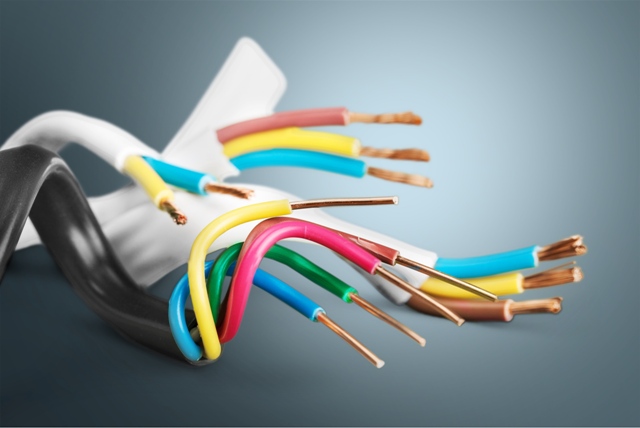Table of Contents
When it comes to electrical wire, choosing the right type can make all the difference in safety, performance, and efficiency. The two most common wire types that are widely used in the industry are TFFN (Thermoplastic Flexible Fixture Nylon) and THHN (Thermoplastic High Heat-resistant Nylon). While they might appear similar at first glance, they each have unique characteristics that make them suitable for different applications.
In this blog post, we will summarize TFFN vs THHN Wire, their core features, and the benefits they offer to each electrical project. Whether you are an experienced electrician or a DIY enthusiast, understanding the critical distinctions between TFFN and THHN wire will assist you in making more informed decisions.
Let’s start by reviewing the basic definitions of these wires and their components. By the end of this guide, you’ll have a clearer picture of which wire type is best for your needs.
What is TFFN Wire?
TFFN wire stands for Thermoplastic Flexible Fixture Nylon. This wire is made from thermoplastic material, which is flexible, and comes with a nylon jacket.TFFN wire is also known as fixture wire and provides numerous features.
- It’s made from a single core of copper conducting material, which is available in 16 AWG and 18 AWG.
- TFFN wire comes along with PVC insulation, which makes it doable to handle up to 90 degrees Celsius in dry locations.
- It can handle 600 volts.
- TFFN wire is oil and gas resistant.
- TFFN wire can be used as machine tool wire, appliance wire, fixture wire, and more.
What is THHN Wire?
THHN stands for Thermoplastic High Heat Resistant Nylon. As the name suggests, it is made from thermoplastic material and has a nylon jacket. The wire can handle high temperatures.
- THHN wire has a single copper conductor that can handle 4 AWG to 1,000 MCM.
- It is PVC-insulated and can handle temperatures up to 75 degrees Celsius in humid or wet locations. For dry locations, it can handle up to 90 degrees Celsius.
- Similar to TFFN, THHN wire is equally oil and gas-resistant.
THHN vs TFFN
The main differences between TFFN and THHN wires are their Construction, Applications, Temperature Rating, Flexibility,Voltage Rating
- Construction
- THHN wire is generally used as a building wire. It has a single conductor with thermoplastic insulation and a nylon jacket.
- TFFN is used for fixtures, appliances, and machine tool wiring. It features a more flexible thermoplastic insulation with a nylon jacket.
- Applications
- THHN is an ideal choice for general-purpose wiring in residential, commercial, and industrial buildings. It is also used in conduit and cable trays.
- TFFN is an excellent option for lighting fixtures, control circuits, and motor leads due to its flexibility.
- Temperature Rating
- THHN can handle up to 90°C in dry locations and 75°C in wet locations.
- TFFN can take up to 90°C in dry locations. Typically not used in wet locations.
- Flexibility
- THHN is less flexible, making it suitable for long runs through the conduit.
- TFFN is super flexible, which is advantageous for intricate wiring tasks and tight spaces.
- Voltage Rating
- Both THHN and TFFN are generally rated for 600 volts.
THHN vs TFFN: Which one should you choose?
To sum it up, THHN is rigid in nature but versatile for building wires. While TFFN is more pliant, it’s best suited for fixture and appliance wiring. Selecting from these two wires can largely depend on your purpose and climatic conditions. Depending upon application usage, you can choose the wire that gives away brilliant and durable performance in the long run.
Ready to make your home safer? D&F Liquidators has all the electrical supplies you need for grounding projects, from grounding wires to outlets. Get in touch!
Frequently Asked Questions (FAQs)
Is THHN used in Romex?
Romex is not valid for use in specific commercial applications. For instance, if the residence is taller than three stories, check with the local surroundings before using Romex.
What is the difference between THHN and THWN?
The main difference between THHN and THWN is their temperature tolerance. THHN can withstand up to 75°C, while THWN can withstand 90°C in both wet and dry environments.
Does the THHN wire need a conduit?
If you are planning to install it underground, then THHN might call for a conduit.
What is the difference between MTW and TFFN?
MTW stands for Machine Tool Wire, and if it is exposed to oil or gas, the temperature does not exceed 60°C. In a dry location, the temperature will not exceed 90°C. With TFFN, the temperature excels until 90°C in a dry location.






